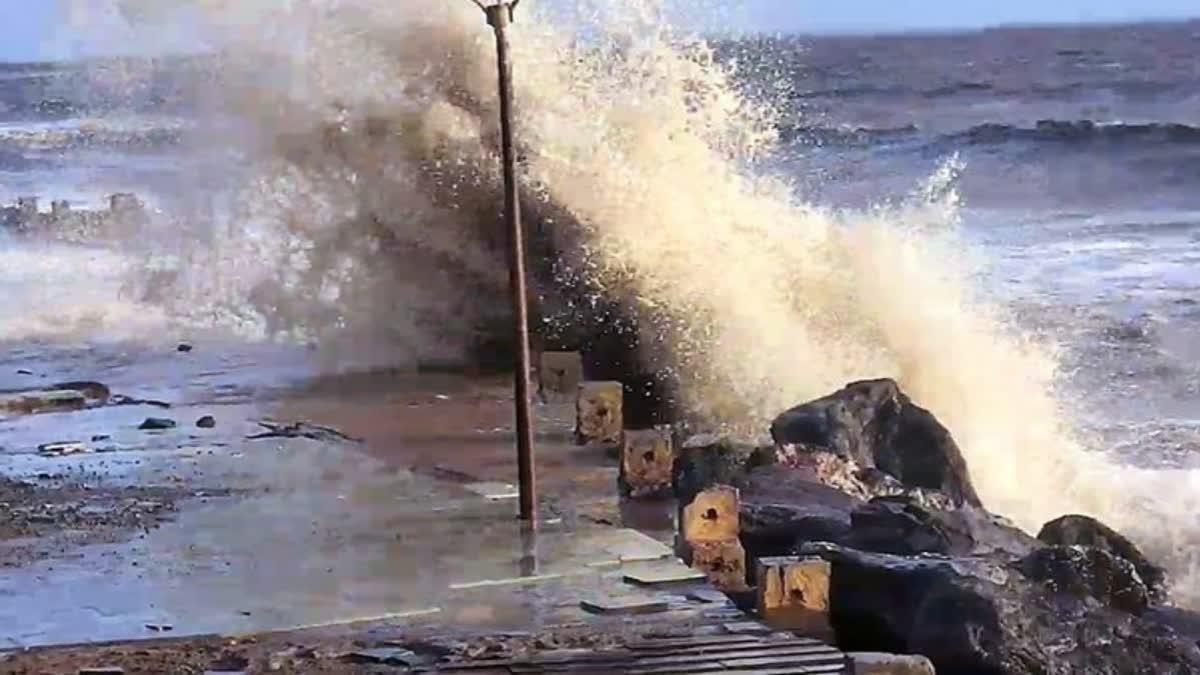Jakhau (Gujarat): Learning from its previous experiences, the Gujarat State Disaster Management Authority (GSDMA) has deployed six HAM radio teams for flawless communication once Cyclone Biparjoy makes landfall near the Jakhau port. Gujarat is bracing itself for Cyclone Biparjoy, which is set to make landfall this evening between 4 pm to 8 pm.
Once the Cyclone Biparjoy makes a landfall, it could cripple the communication network and hence the GSDMA has resorted to using HAM radio. Two of the HAM radio teams have been deployed in Kutch, while a mobile HAM radio unit has also been deployed in Jakhau, where the cyclone is likely to make landfall.
Also read: Cyclone Biparjoy: Over 94,000 persons from 8 coastal districts evacuated
Also known as amateur radio, the HAM radio is considered a reliable mode of messaging during emergencies when wirelines, mobile phones and other traditional terrestrial means of communication fail. HAM radio involves a radio frequency spectrum for the non-commercial exchange of messages.
According to Dr Kausal Jani, HAM radio operator of GSDMA, during a cyclone, when all communication networks fail and electricity is unavailable, HAM radio is helpful. It does not need any mobile tower or internet to make calls.
"The GSDMA has deployed six teams with HAM radio units where the impact of the cyclone will likely be the most," he said, adding this mode of communication is very useful in such disasters. The officials further said that HAM radio is used to communicate emergency requirements like the need for ambulances or call disaster response teams where people require to be rescued.
Another GSDMA official said that in May 2021, when cyclone Tauktae hit the Gujarat coast, communication and electrical networks were down for six days. "We had to communicate through HAM radio only," the official added. So far, the authorities have shifted more than 94,000 persons living in eight coastal districts of Gujarat to temporary shelters.
Also read: Cyclone Biparjoy: UAE astronaut posts images captured from space



